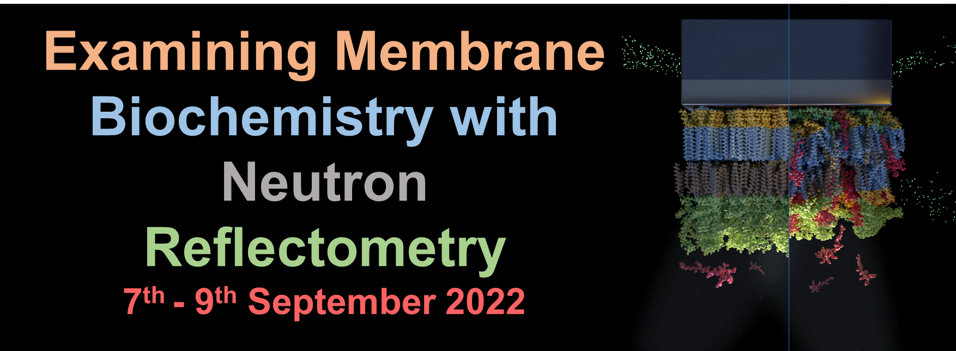Speaker
Description
Biophysical and structural studies of peptide-lipid interactions, peptide topology and dynamics have changed our view how antimicrobial peptides insert and interact with membranes. Clearly, both the peptides and the lipids are highly dynamic, change and mutually adapt their conformation, membrane penetration and detailed morphology on a local and a global level. As a consequence, the peptides and lipids can form a wide variety of supramolecular assemblies in which the more hydrophobic sequences preferentially, but not exclusively, adopt transmembrane alignments and have the potential to form oligomeric structures similar to those suggested by the transmembrane helical bundle model. In contrast, charged amphipathic sequences tend to stay intercalated at the membrane interface, where they have been found to adopt mesophase structures in a lipid dependent manner. Although the membranes are soft and can adapt, at increasing peptide density they cause pronounced disruptions of the phospholipid fatty acyl packing. At increasing local or global concentrations the peptides result in transient membrane openings, rupture and ultimately lysis.
Interestingly mixtures of peptides such as magainin 2 and PGLa which are stored and secreted naturally as a cocktail exhibit considerably enhanced antimicrobial activities when investigated together in antimicrobial essays but also in pore forming experiments applied to biophysical model systems. Our investigations including solid-state NMR, fluorescence spectroscopy and neutron reflectvity experiments reveal that these peptides do not form stable complexes but act by specific lipid-mediated interactions and through the nanoscale properties of phospholipid bilayers. Notably, a quantitative idea about the strength of the lipid packing interactions can be obtained when comparing the peptide topologies in DMPC and POPC bilayers.
References
Salnikov, E. Aisenbrey, C. and Bechinger, B. BBA 1864 (4): 183844 (2022)
Juhl, D.W., Glattard, E., Aisenbrey, C., and Bechinger, B. Faraday Discussions, 232, 419-434 (2021)
Juhl, D.W., Glattard, E., Lointier, M., Bambilis, P., Bechinger, B. Front Cell Infec Microbiol, 10, 526459 (2020)
Aisenbrey, C., Marquette, A., and Bechinger, B.Adv Exp Med Biol., 1117, 33-64 (2019).
Marquette, A. and Bechinger, B., Biomolecules 8(2). pii: E18. (2018)
Harmouche, N. and Bechinger, B. Biophysical Journal 115:1033-1044 (2018)

